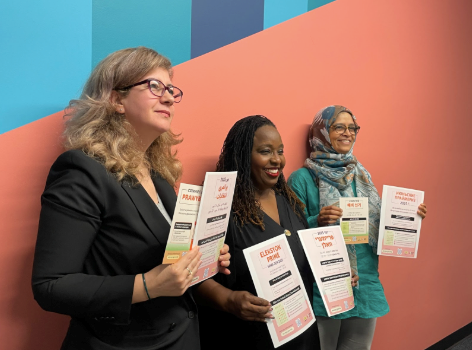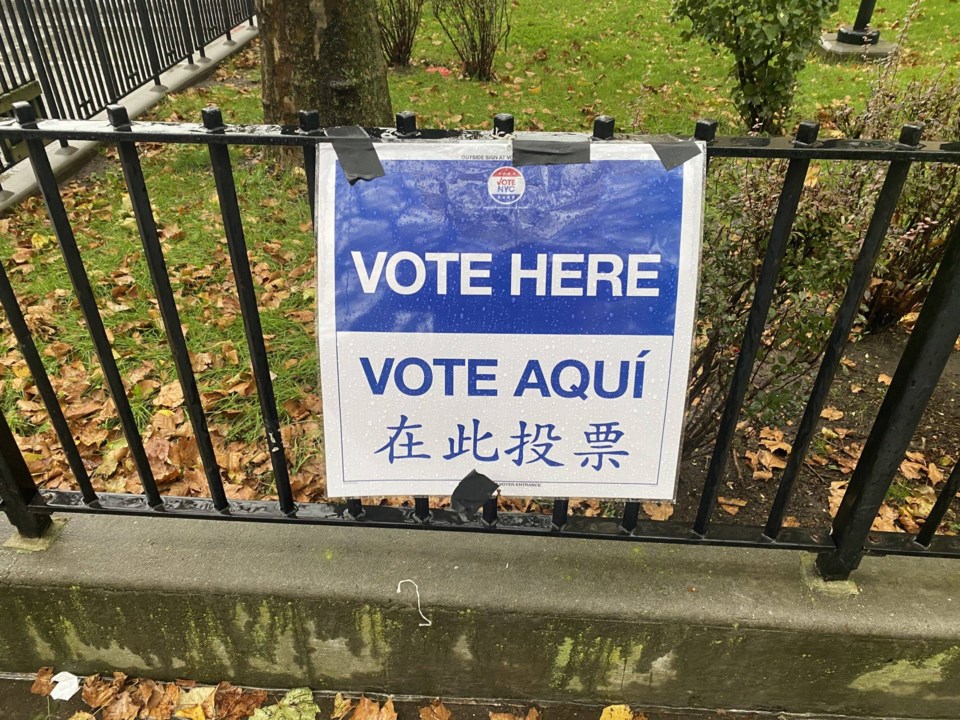New York City is gearing up for early voting for the primary election, which runs from June 14 through June 22.
Primary elections let voters registered with a political party choose their party’s candidates for the general election. In New York City, only voters registered with a party that’s holding a primary can vote in that party’s race, according to the city’s Board of Elections.
This year, voters can cast their ballot for a candidate running for mayor, all 51 seats in the City Council, borough president, city comptroller, public advocate and two of the city’s five district attorneys, including Brooklyn.
In the 2021 general election, New Yorkers elected a new mayor and the most diverse City Council in history, according to NYC Votes. And while the primary election saw a record number of New Yorkers, or 26.5%, come out to vote, the general election fell to a historic low of 23.3% voter turnout.
To find your poll site, click here. To request an early mail-in ballot, click here. For more information on each candidate, click here for BK Reader profiles and here for the 2025 Voter Guide.
The primary election is on June 24. The general election is on Nov. 4, 2025.
And here's the kicker: the results of the ranked-choice voting won't be disclosed until July 1, according to BOE spokesperson Vincent Ignizio via Politico New York.
What is ranked-choice voting?
New Yorkers elected to use ranked choice voting in a 2019 ballot measure. It passed with 73.6% support. The method gives voters more say, choice and a diverse group of candidates.
You will be able to select up to five candidates in the order of your preference. Select your top choice as #1. You do not need to list five candidates, you can choose however many you like, up to five. Do not rank a candidate that you do not like.
“If you want to rock the vote, rank the vote,” said Kathleen Daniel, chief democracy director of DemocracyNYC.
All first-choice votes are counted. If a candidate receives more than 50% of first-choice votes, that candidate wins. If no candidate earns more than 50% of first-choice votes, then counting will continue in rounds. At the end of each round, the last-place candidate is eliminated and voters who chose that candidate now have their vote for their next choice.
Your vote is counted for your second choice only if your first choice is eliminated. If both your first and second choices are eliminated, your vote is counted for your next choice, and so on.
Watch this video for more information on ranked-choice voting.

Vote in your language
Language interpretation services are available in languages specific to your polling site. You can get services in Arabic, Bengali, Chinese (Cantonese and Mandarin), French, Haitian Creole, Italian, Korean, Polish, Russian, Urdu and Yiddish at select poll sites. CEC interpretation services will be offered during both early voting and on Election Day.
“We want to create as many avenues as possible for people to know how to participate,” said Dr. Sarah Sayeed, chair the New York City Engagement Commission.
You are able to bring an interpreter of your choice with you and ask for assistance, for more details visit here. Click here for an Election Day Services Map to find out if your poll site is serviced by the Voter Language Assistance Program.
For more information on language options, watch this video here.




